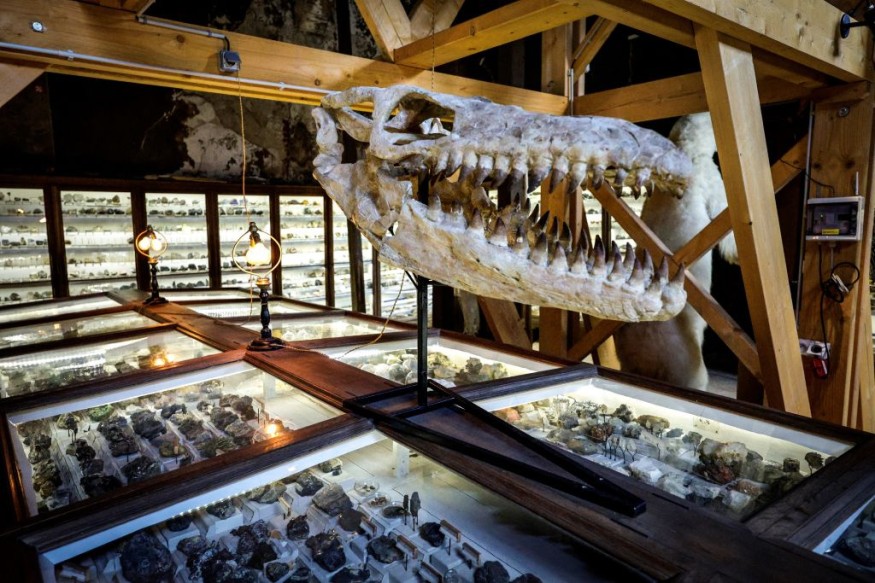
A recent study reveals that around 125 million years ago, a previously unidentified species of plant-eating dinosaur occupied an island off the south coast of England.
With 149 bones total, the specimen-which was found in the Compton Bay cliffs-represents the most complete dinosaur found in the United Kingdom in a century, according to researchers.
Comptonatus Chasei
Comptonatus chasei was a massive dinosaur around the size of an American bison. It was named after the site of its discovery and the late fossil collector Nick Chase.
It is a member of the class of herbivorous dinosaurs known as iguanodontians. Palaeontologists have sometimes referred to these enormous, hefty animals as the "cows of the Cretaceous period (145-66 million years ago).
According to University of Portsmouth PhD student Jeremy Lockwood, this animal would have weighed roughly a ton (1,000 kg), which is comparable in size to a huge adult American bison.
Given that it was probably a herding animal based on evidence from fossil footprints discovered nearby, it's possible that massive herds of these massive dinosaurs were roaring through the floodplains more than 120 million years ago if they were startled by predators.
The researchers examined all parts of the fossil in their research published in the Journal of Systematic Palaeontology including the pubic hip bone about the same size as a dinner plate alongside head, teeth, spine and leg bones.
Although Lockwood acknowledged that it is unclear why the hip bone, which is located at the base of the abdomen, was so large, he added that it was most likely for muscle attachments, which could indicate that the animal moved in a slightly different manner, that it served to support the contents of its stomach more successfully, or even that it was involved in breathing. However, all of these theories are speculative.
Upon initial discovery, Comptonatus was believed to be a distinct kind of dinosaur known as Mantellisaurus, which were three-toed herbivorous dinosaurs that existed in Britain around 120 million years ago.
Lockwood asserted, however, that Comptonatus differs from Mantellisaurus due to traits found in its teeth, skull, and other body components.
He claimed that unlike most iguanodontians, whose lower jaw bends downward, this one had a straight bottom edge.
Comptonatus was first discovered in 2013 by Chase, who died of cancer not long before the COVID-19 pandemic.
However, it took Lockwood and his colleagues several years to prepare the specimen for analysis because the dinosaur fossil was nearly complete.
Remarkable Find
Ancient historians have made it a point to describe the discovery of dinosaurs in Early Cretaceous period England as such a small but "a remarkable find" which greatly expands the understanding of different species.
Mike Greenslade, general manager of the National Trust charity based on the Isle of Wight, received the amazing discovery with a lot of delight.
Greenslade stated that the most complete dinosaur ever discovered in the UK in the last hundred years is an indication of the importance of studying fossils on this island and underlines the importance of preserving our environments if those who come after us wish to have the same opportunities as we do.
"Jeremy Lockwood's tireless research and Nick Chase's amazing discovery are testaments to the amazing history waiting to be discovered here," he added.
Related Article : Scientists Find Dinosaur Fossil that May Have Been Killed by Extinction Asteroid 66 Million Years Ago
© 2025 NatureWorldNews.com All rights reserved. Do not reproduce without permission.




